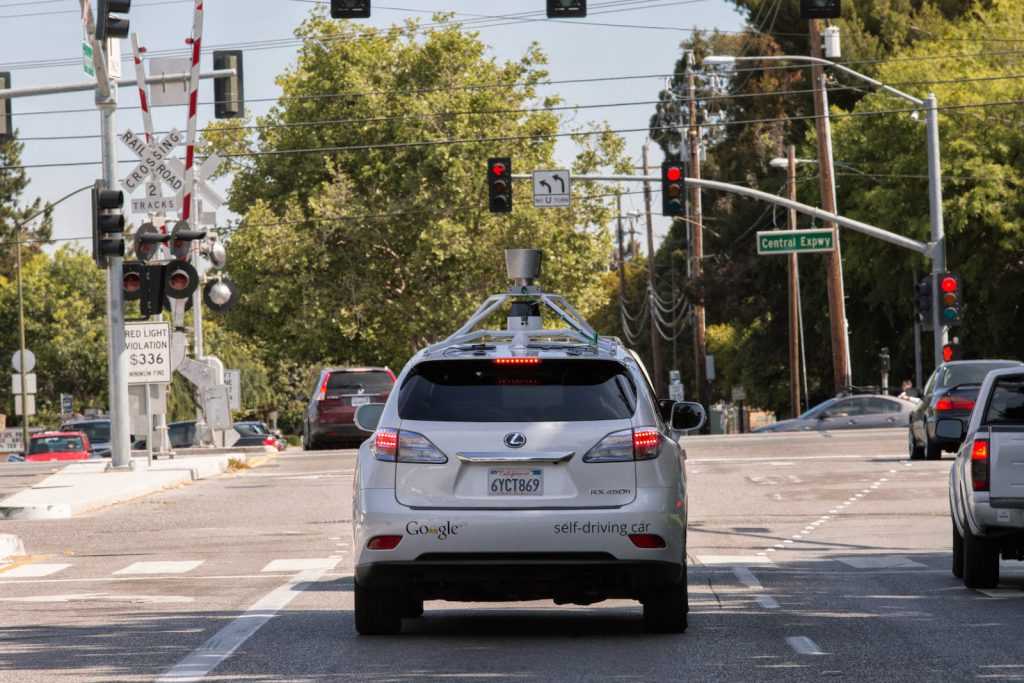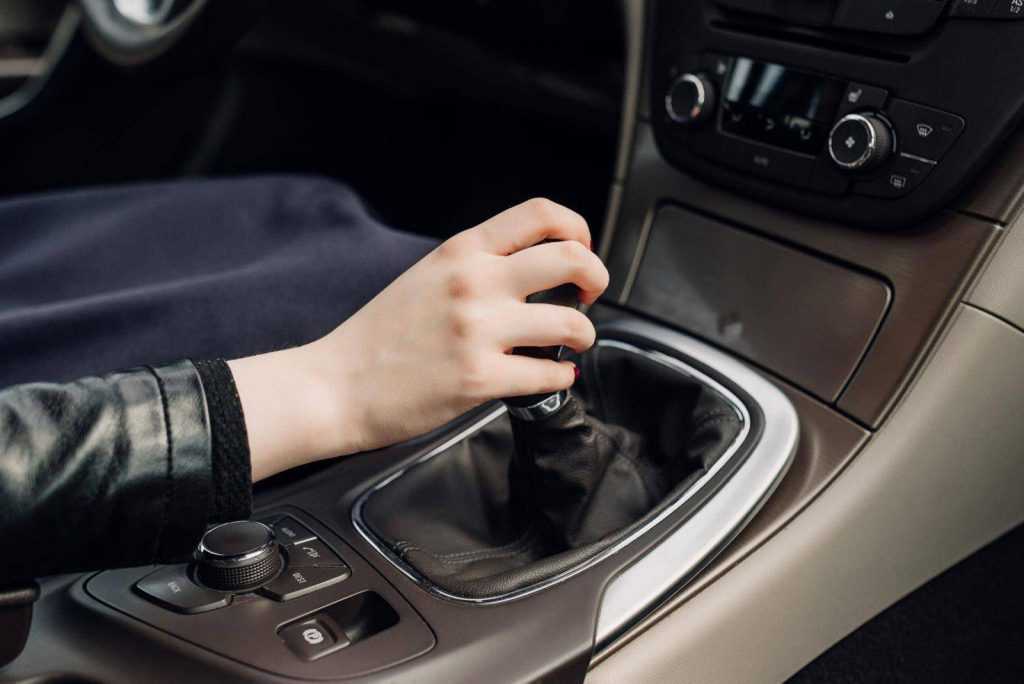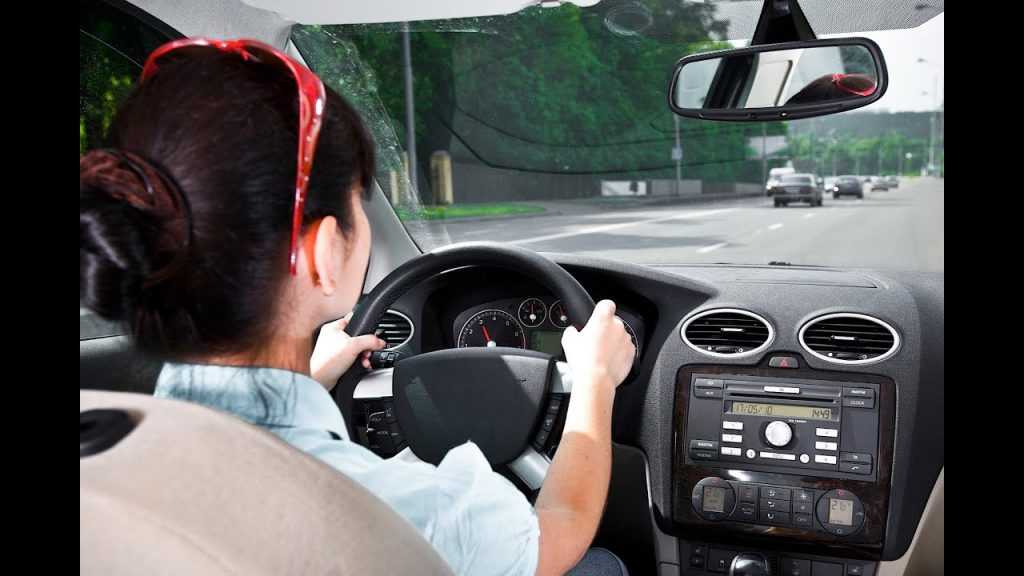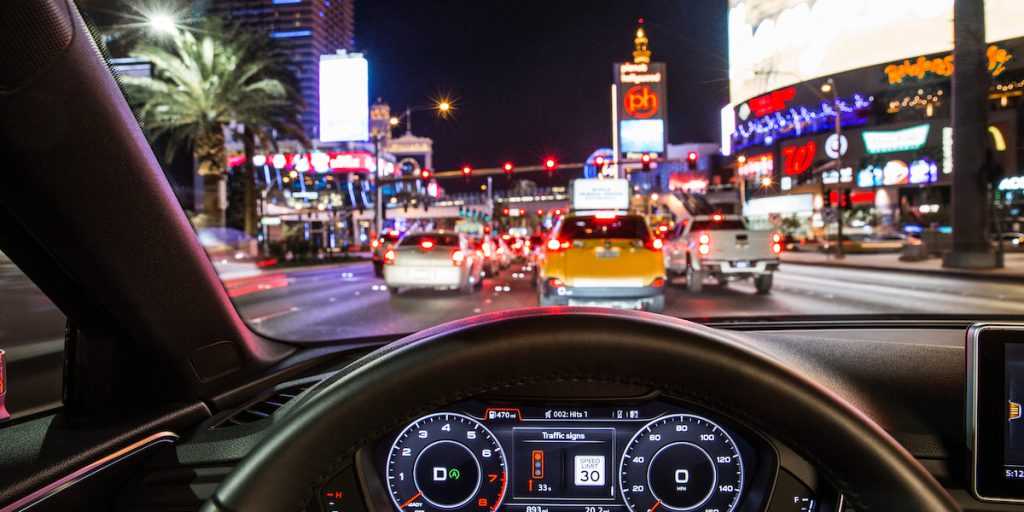Getting stuck in traffic jams is the last thing that one would want. Traffic lights test the patience like no other. What becomes dicey in such situations is how to maintain a car when at halt. Adding on, will leaving manual car in gear at traffic lights be a bad idea?
Have you been staying in gears while at traffic signals and wondering how does it affect your car and drive experience? Let’s explore in this topic what is the right way to stop at a red light.
Contents
What Is The Right Way To Stop At A Red Light?
As many people argue what is the right way to stop at the traffic lights, we are here to solve the problem.
Some said that they prefer to kick it into neutral a couple hundred meters from the intersection and roll to where the car needs to stop, then apply the brake. Some gear down as they approach the intersection and then apply the clutch and brake to a stop, gearing down so they wait out the light in first gear. In other words, they leave a manual transmission car in gear while in traffic. But the answer is both ways are a bit right and wrong.

1. Wrong Way To Stop
Firstly, kicking it into neutral a couple hundred meters from the intersection is too early. By shifting into neutral before the light and coast, it increases wear and tear to your brakes. In neutral, the only means of slowing down is the brakes, meaning they reach much higher temperatures than when braking while in gear, resulting in much more expensive brake service repairs.

Secondly, gearing down as they approach the intersection before applying clutch and stopping brakes is an old-fashioned way. It is not well-suited to modern front-wheel drive cars with disc brakes and ABS. Downshifting through each gear started back when most cars were rear-wheel drive, heavy and had unreliable drum brakes which were prone to overheating and fading. with modern brakes, gearing down adds resistance to the front wheels and could actually increase the stopping distance on slippery roads. And with ABS, gearing down will override the system and could cause wheel lockup, making this important safety feature practically useless when it’s needed the most.
2. Right Way To Stop
As we mentioned above, the two common ways which people usually do are wrong. But the combination of them is the right way to stop the car at the red light.
The correct way to approach a stop with a modern car is to start braking as you would with an automatic, keeping the clutch engaged and both hands on the wheel. Then continue slowing down and disengage the clutch just before the engine RPM reaches 1,000 and drop your hand down to the shifter at the same time.

Next, you can switch to first just before the car comes to a stop – if you plan to stop and go, like at a stop sign or leave it in N and release the clutch. Remember to always keep your foot on the brake until it’s time to go. If you’re gonna stop for a while, staying in neutral with your foot off the clutch is actually safer than waiting in gear. Then, if you’re rear-ended with your foot on the clutch, the natural response is to release the clutch, which will propel you even more quickly towards anyone unlucky enough to be in front of you. If you do not want to pay a high price for repair, keeping your foot on the clutch for every red light causes the release to overheat and eventually fail.
How Bad Is It When Leaving A Manual Car In Gear At Traffic Lights?
So we already introduced to you the right way to stop a car at a red light. Now let us tell you the consequence of leaving a manual car in gear at the traffic lights in detail. Keeping your manual car in gear that too in a traffic jam is a bad idea. Owing to the corresponding risks and damages that it can lead to, staying in gears is a complete no-no. Before you start wondering as to what damage it could lead to, read the section that follows.
1. Damage To The Clutch
Whenever you step on the clutch when stuck in a traffic jam, you are indirectly harming the clutch life. Two clutch parts are likely to wear such as the clutch discs and the throwout bearing.
When you keep your foot on the clutch without putting much force onto it, the throwout bearing is liable to get damaged. More the time you spend pressing down that clutch, more is the damage to the throwout bearing. This wear out would be evident once you press the clutch pedal down, and a grinding noise would be heard in return.

On the other hand, clutch disc damage is another thing that could ruin your driving experience and magnify your expenditures. The disc damage usually occurs due to natural slippage and over time, but when you continue it through traffic, the wear out will be sooner than ever.
SEE MORE:
- Is It Necessary To Warm-Up A Diesel Engine Before Driving Off?
- Is It A Good Idea To Always Keep The Parking Brakes On?
2. Probable Chances Of Mishap
For instance, you are stuck in a traffic jam with your foot on the clutch pedal. You are waiting patiently, and suddenly your foot slips off the clutch. Now what? The car would start moving without you even having control over the situation. You could ram a car in the front or even hit some pedestrian.
The consequences of leaving a manual car in gear at traffic lights are dangerous even to imagine, isn’t it? It is better to stop the wonder games and look for more fool-proof solutions that can save the day. Reading through driving tips can come in handy when safe driving is what you seek for.
3. Choose The Right Thing To Do
Driving a manual car means that you have a lot of things to keep in mind. So remember things and practice will help you to handle the manual car.
It is not all at all a good idea to leave a manual transmission car in gear while in traffic. What would be safer in such a situation is to rather keep your car in neutral with your foot disengaged from the clutch pedal. Do not forget to keep the hand brakes applied.

The only downside of not staying in gear is the extended time that you would take to start off again. Further, the cars behind would be constantly banging their horns, and in case a fair distance is not maintained, a back hit is liable to occur.
Wrapping Up
Traffic jams are inevitable. What can be ignored though is leaving manual cars in gear at traffic lights. Damage is damage no matter how small it is. Rather than regretting later, follow good driving practices that make you a safe navigator.



